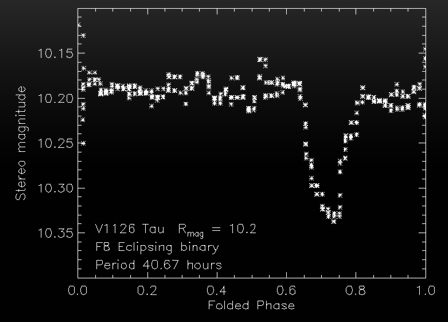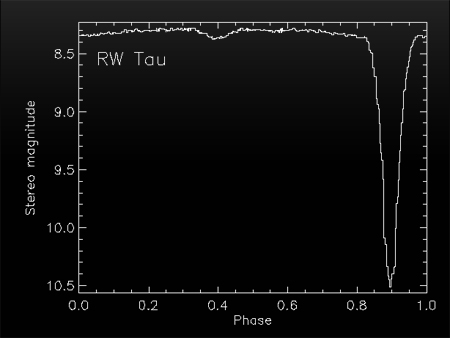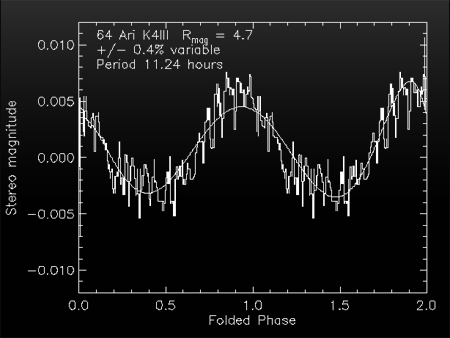|
Important notice about the deactivation of the STEREO ftp
server
Important notice about the STEREO redirects
Important notice about STEREO Behind
Stellar variability studies with STEREO’s Heliospheric Imager
STEREO’s Heliospheric Imagers are ideally placed for observing stellar variability. The nature of the synoptic observations means that stars can be tracked continuously through the 2 cameras on both spacecraft for up to 180 days. In some cases, it has taken ground based astronomers years to accumulate enough data to study a star’s variability. We have repeated the same analysis using just a few days of HI data.
HI can see stars down to at least 12th magnitude, and the spatial coverage of the instruments means that many hundreds of stars can be tracked in parallel.
The photometry of the instruments is truly astounding and stable enough that we aim to explore the possibilities for asteroseismology and exo-planet research. This work is being carried out by researchers at the Rutherford Appleton Laboratory, the Open University and the University of Birmingham.
The figure below shows a 10th magnitude eclipsing binary that has been folded in phase. The intensity changes by 14%.

The figure below is a bright Algol-type eclipsing binary that has been folded in phase. The variability seen is at the 0.4% level for the star which has an R magnitude of 4.7.

The figure below shows the photometric stability of a bright (R magnitude=4.2) non variable star.

Last Revised: Tuesday, 15-Jan-2008 10:24:43 EST
Responsible NASA Official: ![[email address: therese.a.kucera<at>nasa<dot>gov]](/img/kucera_email.jpg)
Privacy Policy and Important Notices
Accessibility
Webmaster: Apexa Patel
|